Search Images
Browse Content (p. 1087)

Image
Lascaux II Cave Today
Photo of the interior of the Lascaux Cave.

Image
Coat of Arms of Joan of Arc
The coat of arms of Joan of Arc (c. 1412 - 1431 CE). Eglise de la Trinite, Vendome, France.
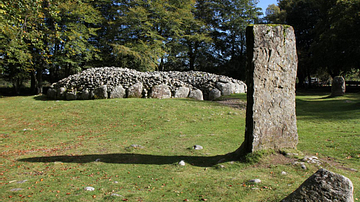
Image
Clava Cairns, Scotland
Standing stone at Clava Cairns, Bronze Age site, Scotland.
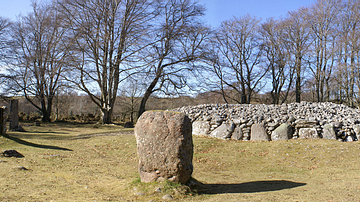
Image
Clava Cairns Panorama
Clava Cairns, Bronze Age site in Scotland.
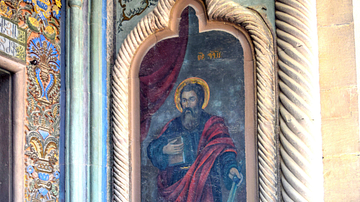
Image
Armenian Saint Fresco, Etchmiadzin Cathedral
This fresco of an Armenian saint can be seen at the Etchmiadzin Cathedral, which is located in Etchmiadzin, Armenia. (The cathedral is currently under reconstruction.) According to many art historians, it is the world's oldest Christian cathedral...

Image
Armenian Saint, Etchmiadzin Cathedral
This fresco of an Armenian saint can be seen at the Etchmiadzin Cathedral, which is located in Etchmiadzin, Armenia. (The cathedral is currently under reconstruction.) According to many art historians, it is the world's oldest Christian cathedral...
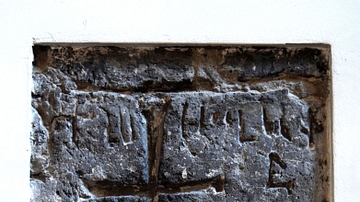
Image
Ancient Crosses at Echmiadzin Cathedral
Ancient crosses at Echmiadzin Cathedral, which is located in Echmiadzin, Armenia. (The cathedral is currently under reconstruction.) According to many art historians, it is the world's oldest Christian cathedral, and it's the most important...
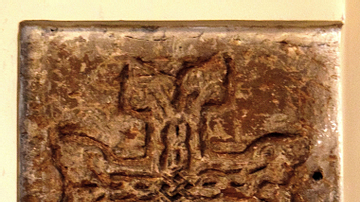
Image
Ancient Cross Carving at Echmiadzin Cathedral
Ancient Christian cross carving in the wall at Echmiadzin Cathedral, which is located in Echmiadzin, Armenia. (The cathedral is currently under reconstruction.) According to many art historians, it is the world's oldest Christian cathedral...
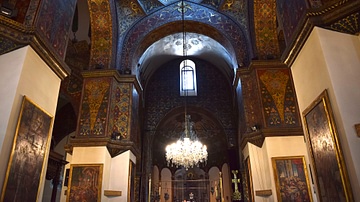
Image
Pillars and Arches at Etchmiadzin Cathedral
Interior pillars and arches at Etchmiadzin Cathedral, which is located in Etchmiadzin, Armenia. (The cathedral is currently under reconstruction.) According to many art historians, it is the world's oldest Christian cathedral, and it's the...

Image
Interior Dome of Etchmiadzin Cathedral
Etchmiadzin Cathedral, which is located in Etchmiadzin, Armenia. (The cathedral is currently under reconstruction.) According to many art historians, it is the world's oldest Christian cathedral, and it's the most important church in Armenian...